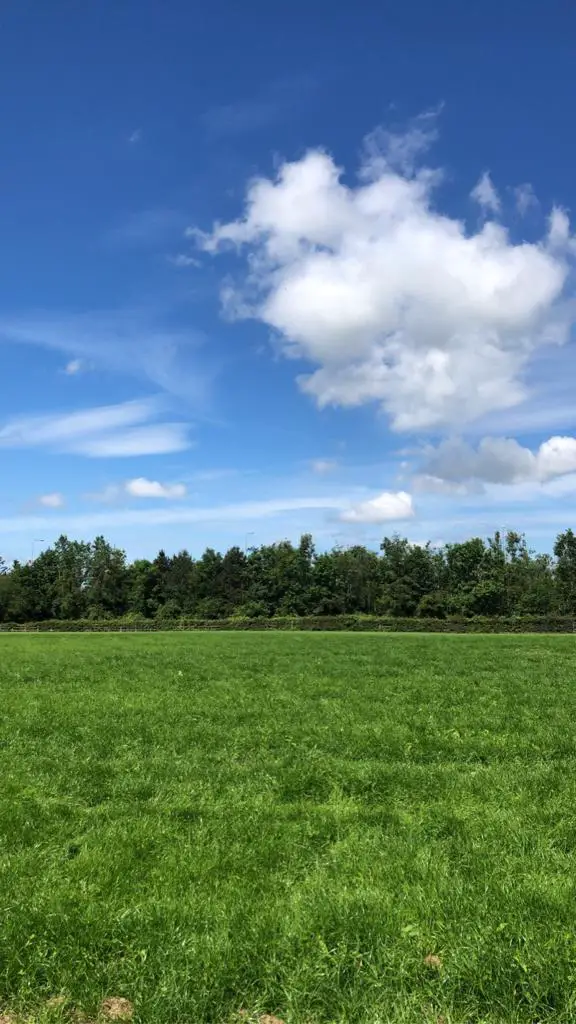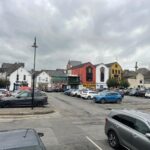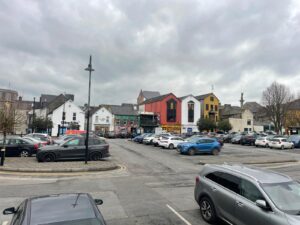*The paddock on the Melody farm which was reseeded seven weeks ago.
Joe Melody gets down to the nitty gritty of the CAP.
Agreement was reached last week by the EU on the new CAP. The Common Agricultural Policy had its origin from two main objectives, the first to guarantee a stable supply of cheap high quality food to the citizens of the EU, the second to ensure a fair standard of living for farmers because their produce when sold was not returning it’s cost of production.
To a large degree the CAP has met these objectives. However the way the new CAP has been agreed, it is obvious that this is a policy that has lost its way and is becoming more of a Common Environmental Policy. Where a farmer once was entitled to their payment so long as they abided by good agricultural practice, they will now have to apply for eco-schemes within the policy to draw down their full payment. This is the proverbial devil hiding in the detail of the new CAP.
The EU is leaving it up to each member state to come up with it’s own definition of an active farmer. They have mooted that perhaps member states could asses off farm income for example as a way of assessing whether a farmer is an active farmer or not which is hardly a measure of how active a farmer is. The discourse should all focus around this active farmer question rather than the silly, banal media fuelled talk of how the CAP will benefit or disadvantage big or small farmers. There are brilliant small farmers who tick all the boxes as an active farmer, they derive much of their income off the land, they are productive and they return much of what they earn to the local economy. Equally there are large farmers who are not productive, they don’t earn much of their living off the land, because they generate little money off their acreage they return very little to the local economy. The point is that scale tells us little about how active a farmer is, active farmers come in all sizes as do armchair farmers.
My simple definition of an active farmer is someone who is making the best of what they have in terms of land and climate, they are trying to maintain and improve on what has been given to them by past generations. In some cases the farmer doesn’t own any land but one does not have to own land to be a farmer. The issue comes when this decision has to be made at member state level as the baggage of politics is thrown into the mix, the result of this is probably some sort of unsatisfactory fudge. There is only so much in the CAP budget and it needs to be focused at those who are actively farming thus actively stimulating rural Ireland.
We have started to release the handbrake on grazing and cows are off their supplement of silage in the diet, all thanks to the glorious return of the rain. The reseeded paddocks were grazed for the first time at the weekend. Considering the drought like conditions, we were very happy with how they performed and just how even the grass established itself. A cow presented with mastitis last week and we trialled a natural bolus that seems to have cured it. This was very encouraging and as it is natural there is no withdrawal period for the milk. Hopefully science and nature will advance more innovations like this in the future.


















